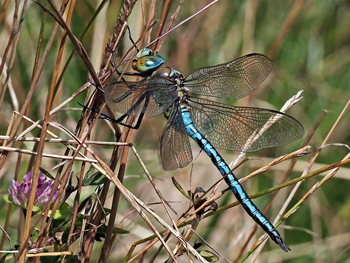sec-, seg-, -sect, -section, -sectional
(Latin: to cut)
2. Spraying aircraft for insects, a procedure called disinsection.
3. Freeing any area from insects.
Some countries in Africa, Latin America, the Caribbean, Australia, and the South Pacific require the spraying of aircraft passenger compartments with insecticide while passengers are present. This is done to prevent the importation of insects; such as, mosquitos.
Disinsection procedures have been determined to be safe by the World Health Organization (WHO); however, they may aggravate allergies for some passengers.
2. To examine, to analyze, or to criticize a person or subject in minute detail: "We spent some time dissecting the speech made by the senator."
2. That which has been dissected; for example, an anatomical specimen.
3. A thorough and detailed analysis or examination of something: such as, a policy or plan that has been presented.
2. An incision created by electrosurgery, ideally by using a fully rectified, alternating high-frequency current and producing minimal cellular injury.
3. Tissue division of the body with a knife-like electrode operated by a high-frequency device.
4. A type of electrosurgery used to cut into, to plane, or to remove tissue.
The active electrode uses slightly damped, modulated undamped, or undamped currents and may be a knife blade, wire loop, or needle; the passive electrode is an adhesive dispersive pad.
2. Any of numerous usually small arthropod animals of the class Insecta, having an adult stage characterized by three pairs of legs and a body segmented into head, thorax, and abdomen and usually having two pairs of wings. Insects include the flies, crickets, mosquitoes, beetles, butterflies, bees, and dragonflies.

This is an example of an insect known as a dragonfly.
Some are parasitic, others serve as intermediate hosts for parasites, including those that cause many human diseases. Some are wingless; others, such as, the Diptera, have only one pair of wings.
Respiration is by tracheoles, cuticle-lined air tubes that pass air directly to the tissues. Development in higher forms is holometabolous and passes through distinctive egg, larval, pupal, and adult stages.
2. The killing of insects.
An insecticide is a pesticide used to kill insects in all developmental forms. They include ovicides and larvicides used against the eggs and larvae of insects. Insecticides are widely used in agriculture, people's dwellings and workplaces, and even in medicine.


